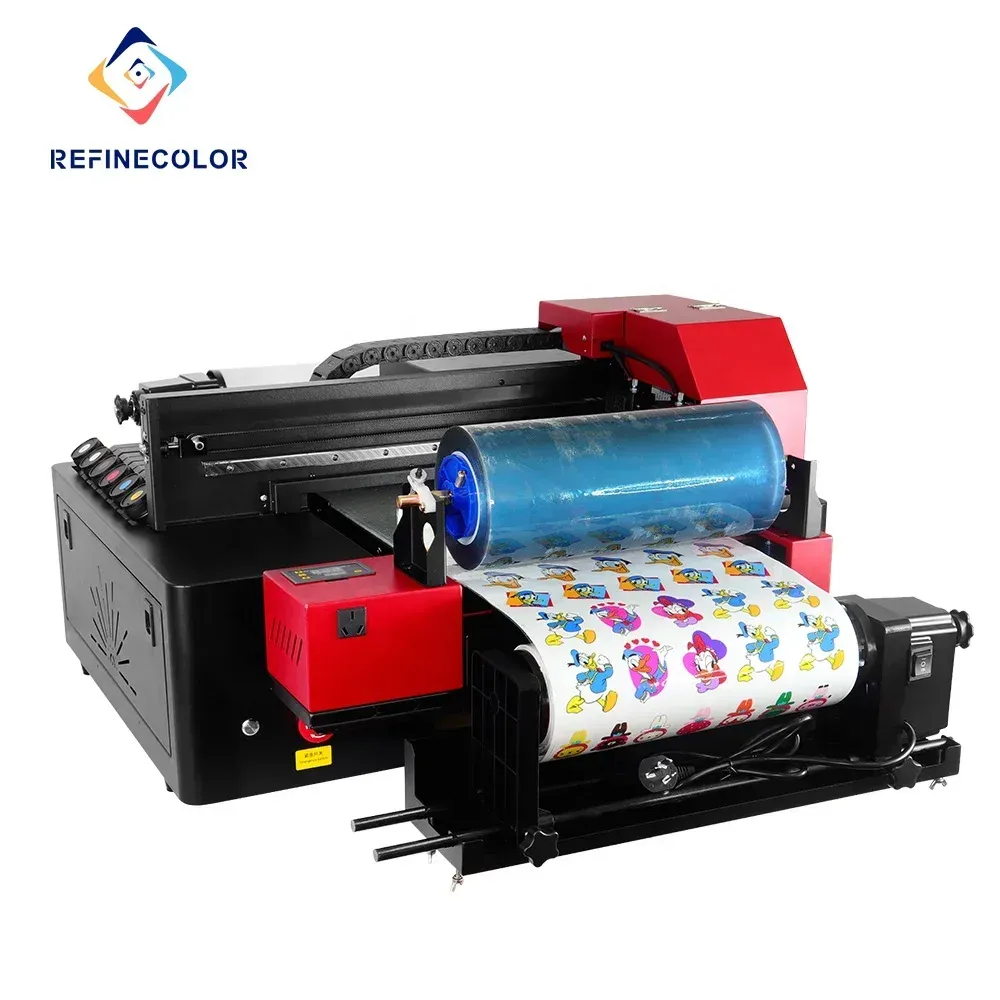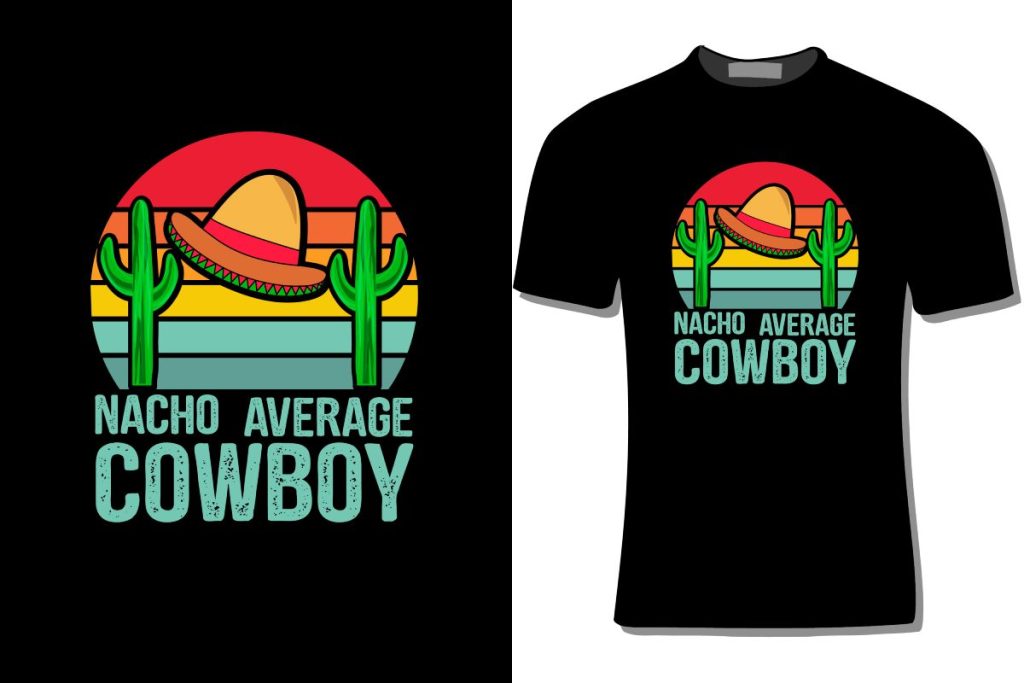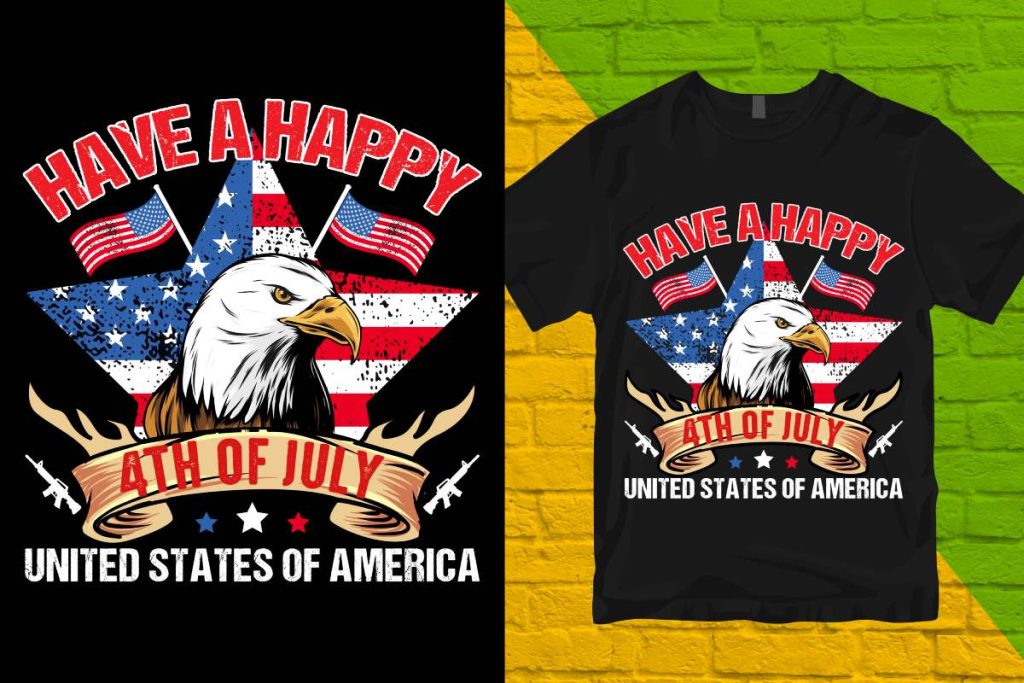In the realm of print production, UV DTF printing has emerged as a revolutionary technological advancement that not only enhances quality but also drives business efficiency. This innovative method utilizes ultraviolet printing technology, combining traditional techniques with modern capabilities to create vibrant, durable designs on various materials. Unlike conventional printing, where drying time can hinder production, UV DTF printing employs rapid curing, allowing for faster turnaround and greater customization options. As businesses strive for custom printing solutions that appeal to a diverse clientele, this technique stands out for its sustainability and adaptability. Embracing UV DTF printing positions companies to maximize their profits while meeting the growing demand for high-quality and eco-friendly print options.
Often referred to as ultraviolet direct to film printing, UV DTF offers a fresh approach to the challenges of modern print production. By leveraging advanced UV printing methods, this process allows businesses to create intricate designs with impressive color accuracy and resilience. The ability to print directly onto various substrates opens up new avenues for custom printing solutions, catering to varying consumer needs. As the industry moves towards more sustainable printing practices, UV DTF stands out, providing both efficiency and eco-friendliness. Exploring the benefits of this technology can significantly impact a company’s market position and profitability.
Understanding UV DTF Printing Technology
UV Direct to Film (DTF) printing is an innovative printing process that utilizes advanced ultraviolet light technology to cure inks quickly and efficiently. This method enables the production of vibrant, high-quality prints that are not only visually appealing but also incredibly durable. By printing designs onto a specially coated transfer film, UV DTF printing allows for intricate designs and detailed color reproduction, making it suitable for various applications, from customized apparel to decorative signage.
What distinguishes UV DTF printing from traditional methods, such as screen printing or standard digital printing, is its speed and efficiency. The curing of inks happens almost instantaneously under UV light, reducing waiting times for drying and allowing for a faster production cycle. This capability is particularly advantageous in today’s fast-paced market, where quick turnarounds and high-quality outputs are essential for satisfying customer demands.
Frequently Asked Questions
What is UV DTF printing and how does it work?
UV Direct to Film (DTF) printing is an innovative process that utilizes ultraviolet light to cure inks printed onto a special transfer film. The design is first printed on the film, which is then exposed to UV light, instantly curing the ink and creating vibrant, durable prints suitable for various substrates.
What are the main advantages of UV DTF printing in print production?
The main advantages of UV DTF printing include exceptional durability, versatility across materials (such as textiles, plastics, and metals), faster production cycles, and eco-friendliness. This technology allows businesses to produce high-quality, long-lasting prints while reducing waste and meeting customer demands quickly.
How does UV printing technology improve sustainability in printing solutions?
UV printing technology is considered more sustainable as it uses less ink and enables print-on-demand capabilities, reducing waste significantly. Businesses that adopt UV DTF printing can promote their commitment to eco-friendly practices, appealing to environmentally conscious consumers.
Can UV DTF printing accommodate customized printing solutions?
Yes, UV DTF printing is highly effective for customized printing solutions. It allows for personalized prints on a variety of surfaces, meeting the growing consumer demand for unique and tailored products, such as custom apparel and promotional materials.
What impact does UV DTF printing have on production speed and efficiency?
UV DTF printing greatly enhances production speed and efficiency. The quick curing process dramatically shortens turnaround times, enabling businesses to respond promptly to customer orders and market changes without sacrificing quality.
Why should businesses consider investing in UV DTF technology?
Investing in UV DTF technology can provide businesses with a competitive edge in the print production market. This technology not only allows for superior product offerings and faster time-to-market but also increases customer satisfaction through high-quality results and reliable service.
| Key Aspects of UV DTF Printing | |
|---|---|
| What is UV DTF Printing? | A printing method using UV light for quick ink curing, offering vibrant colors and high durability. |
| Process | Designs are printed on transfer film and cured with UV light for faster production. |
| Advantages | Durability, versatility, speed, and eco-friendliness are key benefits. |
| Market Trends | Growing demand for custom prints and accessibility for smaller businesses. |
| Competitive Edge | Enhanced product offerings and faster time-to-market improve customer satisfaction. |
Summary
UV DTF printing is transforming the print production landscape with its unique advantages and innovative technology. This method not only ensures high-quality and durable prints but also caters to the growing demand for customization in today’s market. Companies that adopt UV DTF printing can expect enhanced product offerings and improved turnaround times, thus fulfilling consumer needs efficiently. As UV DTF continues to gain traction, its eco-friendly approach further aligns with contemporary values, making it a favorable choice for businesses aiming to maximize profits and sustainability. In summary, investing in UV DTF technology represents a significant step forward for any print operation looking to stay competitive and relevant.



